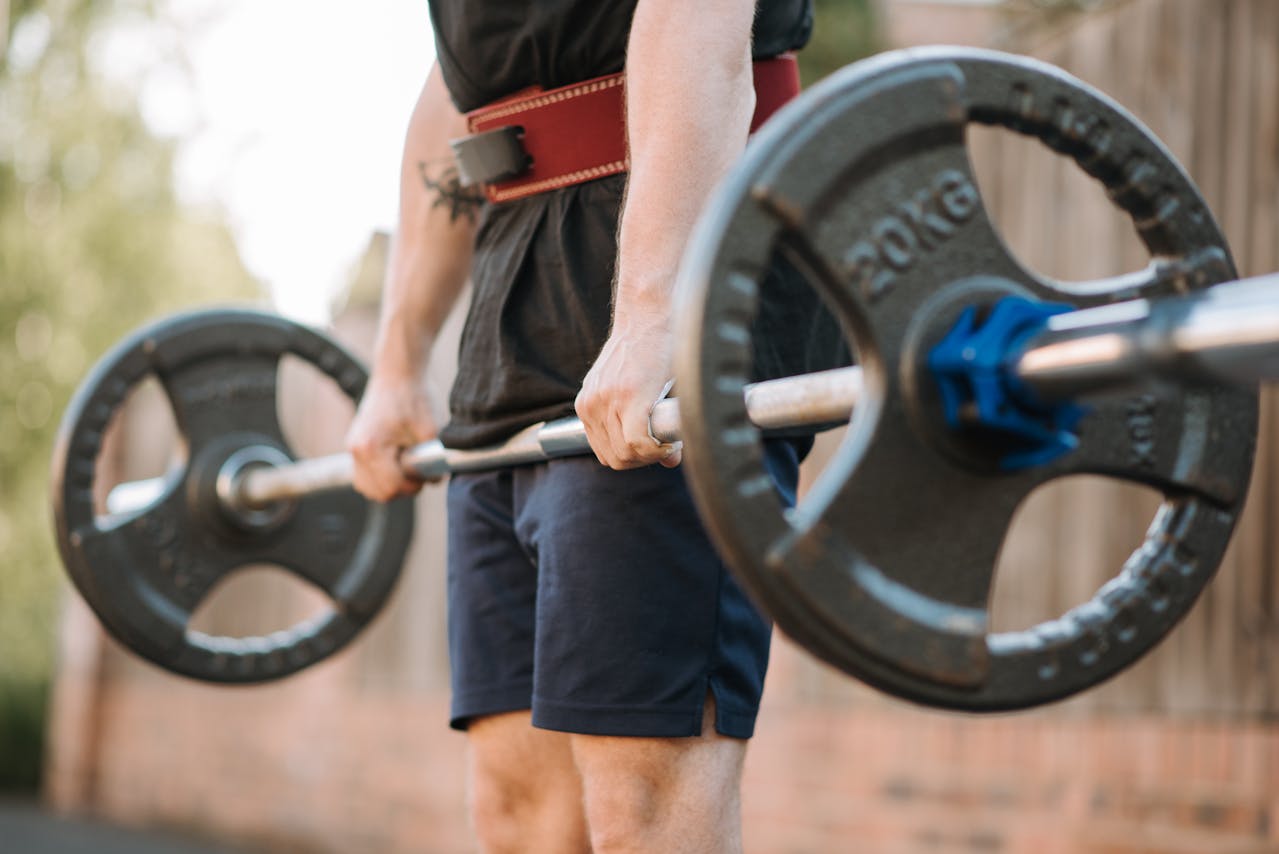
We’ve all seen that one dude wearing every possible piece of gear just to quarter-rep a 135 back squat… Believe it or not, gym gear actually can be beneficial when utilized in the proper scenarios.
Today, I’ll cover some of the gym gear that’s actually worthwhile and some benefits it can provide in certain scenarios.
Lifting Belt
Probably the most applicable, yet the most overused and misused piece of gear lifters carry with them during their workouts.
A lifting belt is a great piece of gear to help aid in bracing during heavy or max-effort strength exercises. It is often seen on powerlifters during meets as well as anyone gunning for a heavy squat or deadlift.
The whole purpose of a belt is to add additional EXTERNAL bracing support on top of the lifter’s INTERNAL brace. The reason I highlighted the latter is because oftentimes lifters will throw on a belt without having a base of internal bracing to compliment the external forces of the belt, therefore making the belt pretty useless.
Knee Sleeves
For those heavy leg days where the knees could use a little extra support, especially in the ranges of deep deep knee flexion. Again, often you can spot powerlifters sporting a pair of sleeves anytime they squat, as well as the seasoned gym bros. who actually squat in the rack.
This piece of gear is great for anyone who lacks some internal support in the knees and is seeking some outside aid to help. Although, I’m a big believer that you should build a foundation of stability before adding in external supports like sleeves. However, I cannot deny the benefits they provide for people under heavy loads or ease mental stress over knee stability.
Wrist Wraps
Last up are wrist wraps. A great way to provide some external stability to the wrists during any kind of pressing exercise or even low-bar squats. They can be great when lifters are attempting a max effort set of pressing like a standard bench press or military press.
However, just like the knee sleeves, I think it’s best that people build a foundation of internal stability in the wrists before seeking outside help. Jumping too quickly into using gear can lead to shortcuts in perfecting technique and leaning on the wraps and belts to mask bad form.
Just like most things in the industry, they can make penny differences in performance whereas the dimes and quarters are made in mastering the basics. 9/10 people will never have to seek the help of lifting gear and will make great progress without any of it. However, those 1/10 could find some real benefit in utilizing them in the right circumstances.



